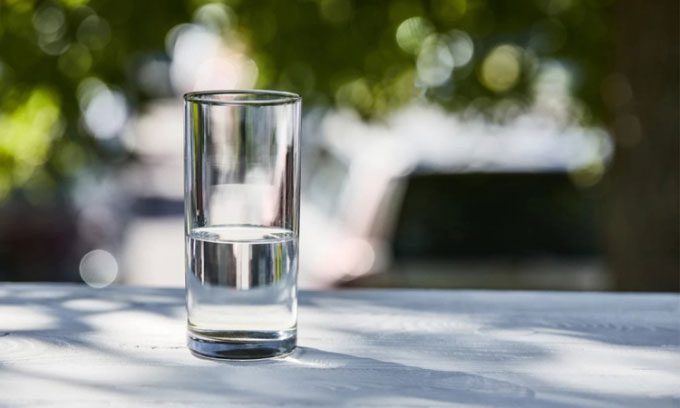Scientists Develop a Salt Hydrogel Capable of Extracting Freshwater from Air at 30% Humidity
The lack of drinking water is a serious issue in many parts of the world, while a significant amount of water is always suspended in the air. To address this problem, researchers at the University of Texas at Austin have developed a salt hydrogel material that can extract freshwater from the air under relatively low humidity conditions, as reported by New Atlas on March 3. The new research has been published in the journal Angewandte Chemie.

Drinking water can be extracted from the air thanks to a new salt hydrogel. (Photo: Depositphotos).
Hydrogels (a form of polymer) are primarily made from water, but that does not prevent them from absorbing more. Their excellent absorbent properties make them useful in producing diapers and bandages, and they even have the potential to be used as dehumidifiers and devices for extracting drinking water from the air.
The application of these materials as devices for extracting water from the air is quite practical; however, the drawback is that the process is somewhat slow and inefficient. Adding hygroscopic salts—effective water-absorbing agents—could be beneficial, but these salts do not integrate well with hydrogels.
Therefore, in this new study, scientists endeavored to find a method for better integration. They utilized a polymer made from “zwitterionic” molecules—which contain ions that carry both positive and negative charges. This allows the polymer to hold hygroscopic salts more securely, thus creating a hydrogel that effectively absorbs water from the air.
The water collection process requires a cycle of absorption and extraction. First, the research team allows the material to absorb moisture from the surrounding air for one hour. Then, they dry it in a condenser to collect the water, which is then reused for absorption. Repeating this cycle multiple times does not seem to diminish the material’s ability to absorb or release water.
In tests, the salt hydrogel performed exceptionally well. The team was able to extract 5.87 liters of freshwater per kilogram of material each day from air with 30% humidity. With further improvements, these zwitterionic hydrogels could be very useful in providing drinking water for developing regions facing drought.


















































